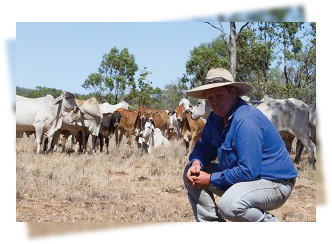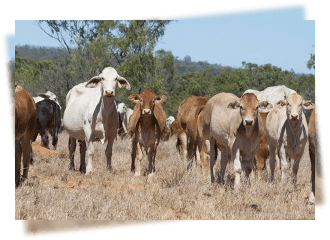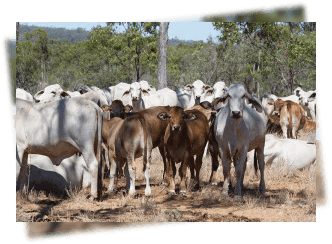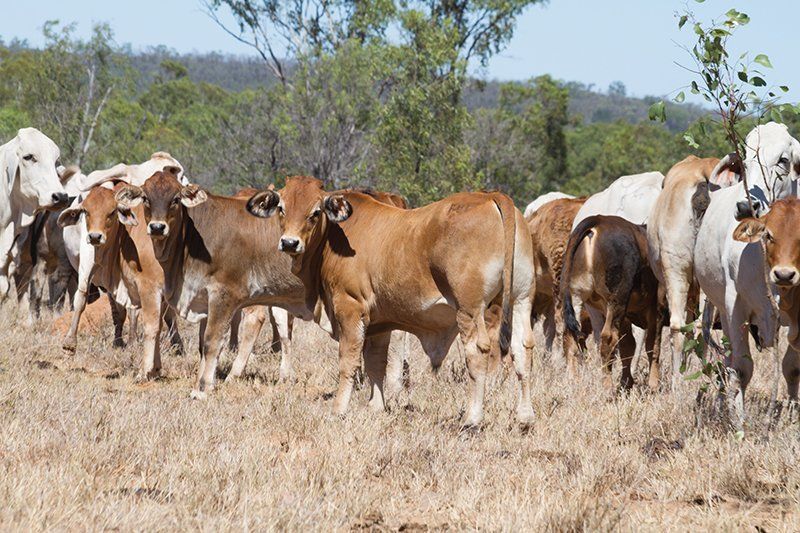Limousin cattle have proven beyond doubt that they can not only survive, but also thrive and add value in some of the tougher environments of central Queensland.
One producer whose experienced first-hand the production gains delivered by Limousins is Darren Gilliam.
Darren, together with his wife Sandra and their family manage the 20,200 hectares (50,000 acres) “Lake Elphinstone” near Nebo. Hes used Limousin bulls over Brahman females for eighteen years with outstanding success.
“The Limousin cross cattle provide more avenues and options,” Darren said.
“Live export, stores, prime cattle, feedlots and backgrounders are all markets that readily accept our product. Straight bred programs don’t give you that degree of flexibility.”
“Lake Elphinstone” supports 2,500 breeders and progeny in a 900mm rainfall environment. Breeders are run mainly in forest country timbered by Iron Bark, Box and Sandalwood with areas of light Buffel grass.
“We started using Limousins when we noticed premiums for the Limousin cross cattle at local store sales,” Darren recalls.
“There’s a premium of 11-12c/kg compared to purebred Brahmans. There’s also extra weight, typically 15 to 20 kg at weaning, possibly more in a good season.”





